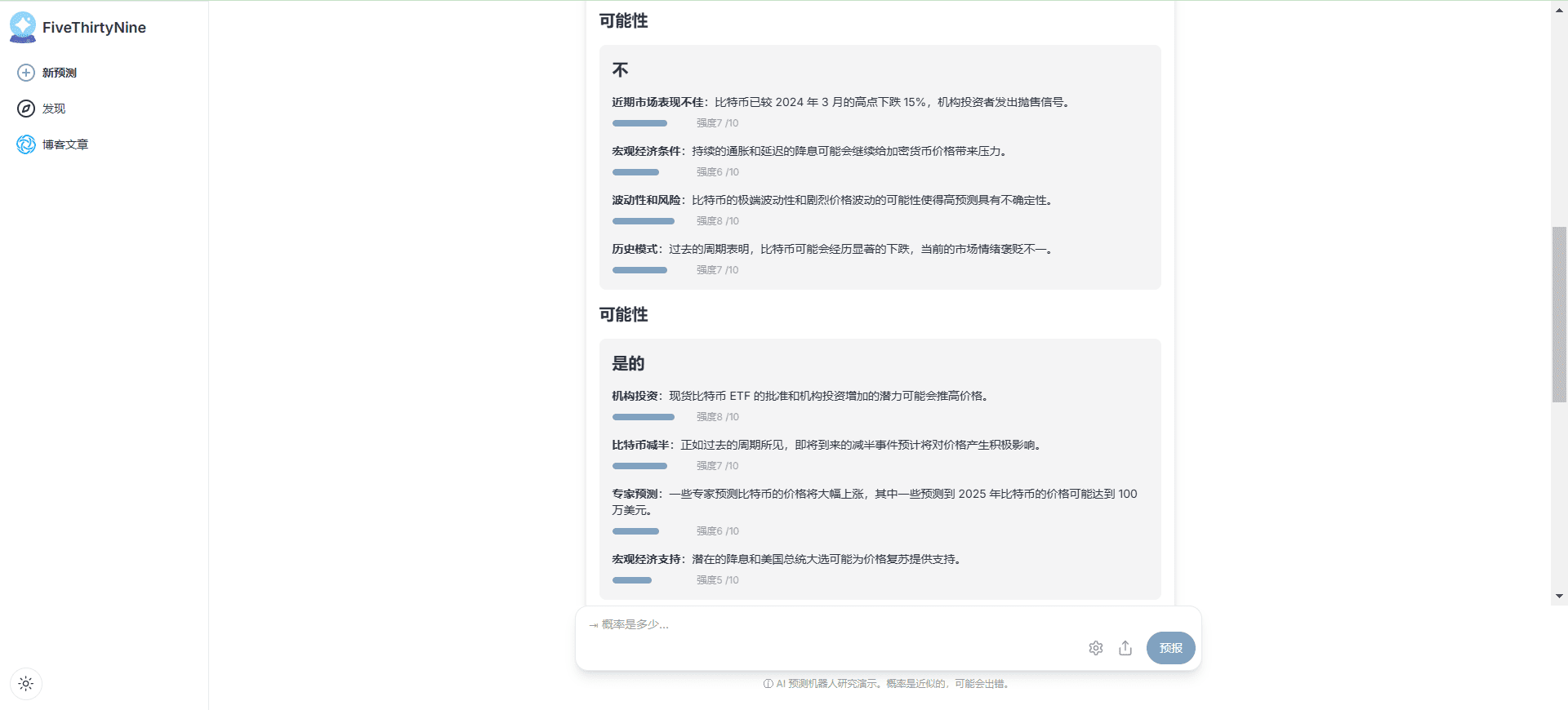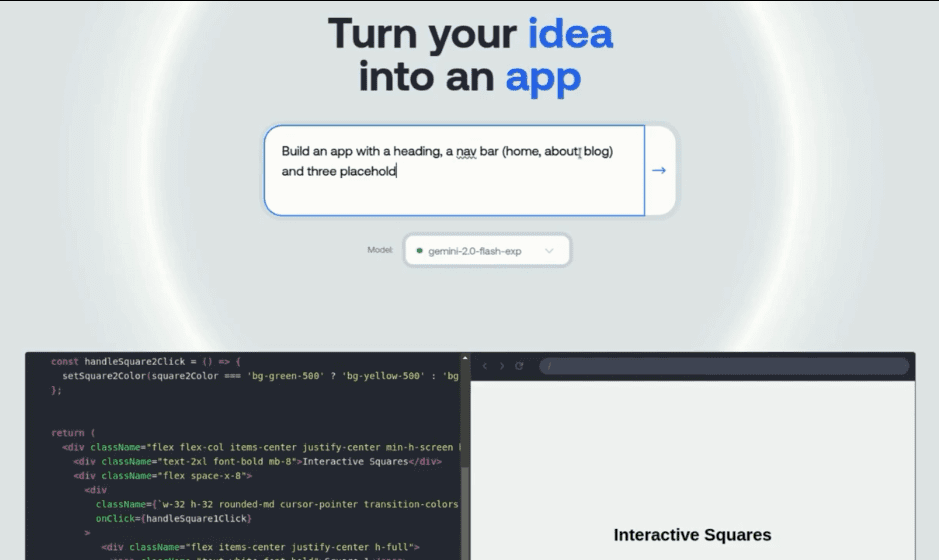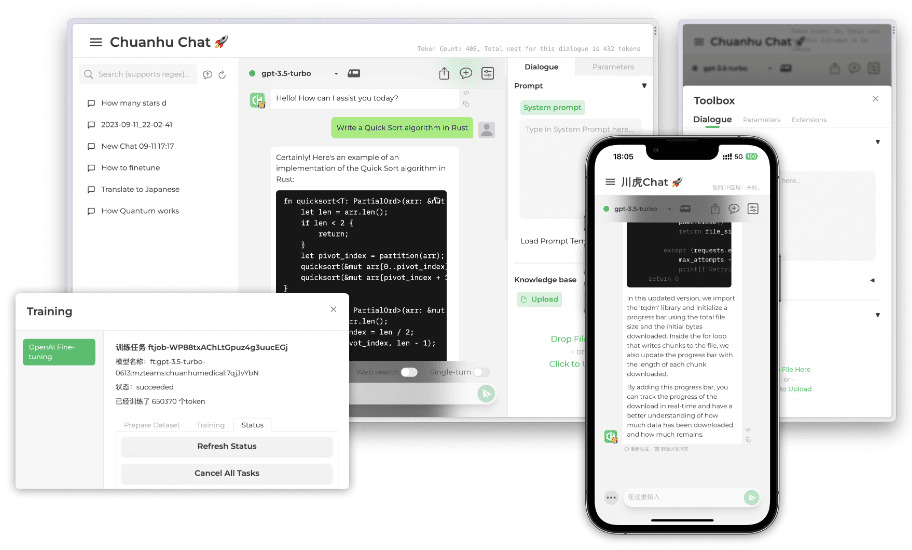ChatTTS: a speech generation model that mimics the voice of a real person speaking (ChatTTS one-click acceleration package)
General Introduction
ChatTTS is a generative speech model designed for conversational scenarios. It generates natural and expressive speech, supports multiple languages and multiple speakers, and is suitable for interactive conversations. The model outperforms most open-source speech synthesis models by predicting and controlling fine-grained rhythmic features such as laughter, pauses, and interjections.ChatTTS provides pre-trained models to support further research and development, primarily for academic purposes.
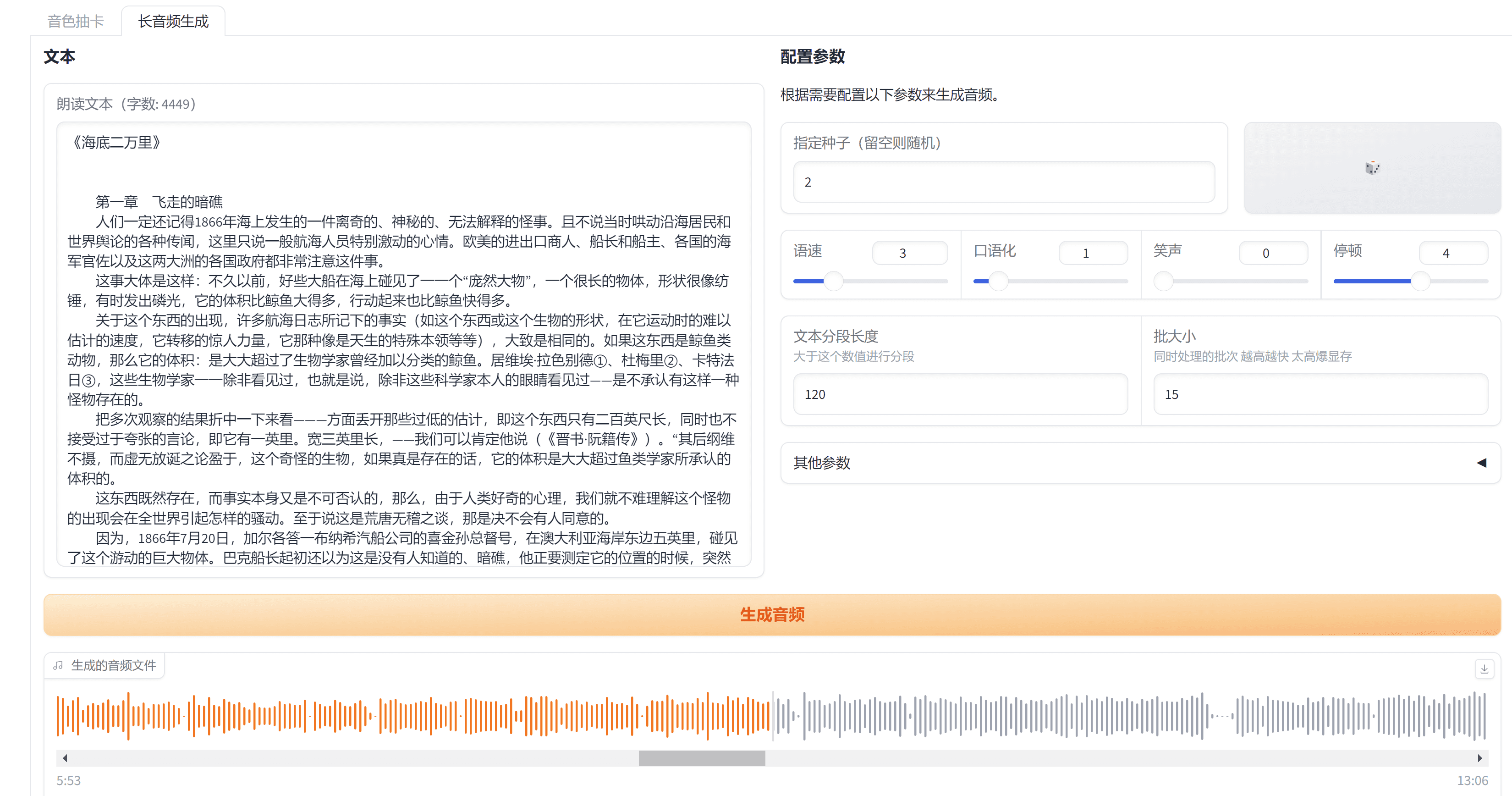
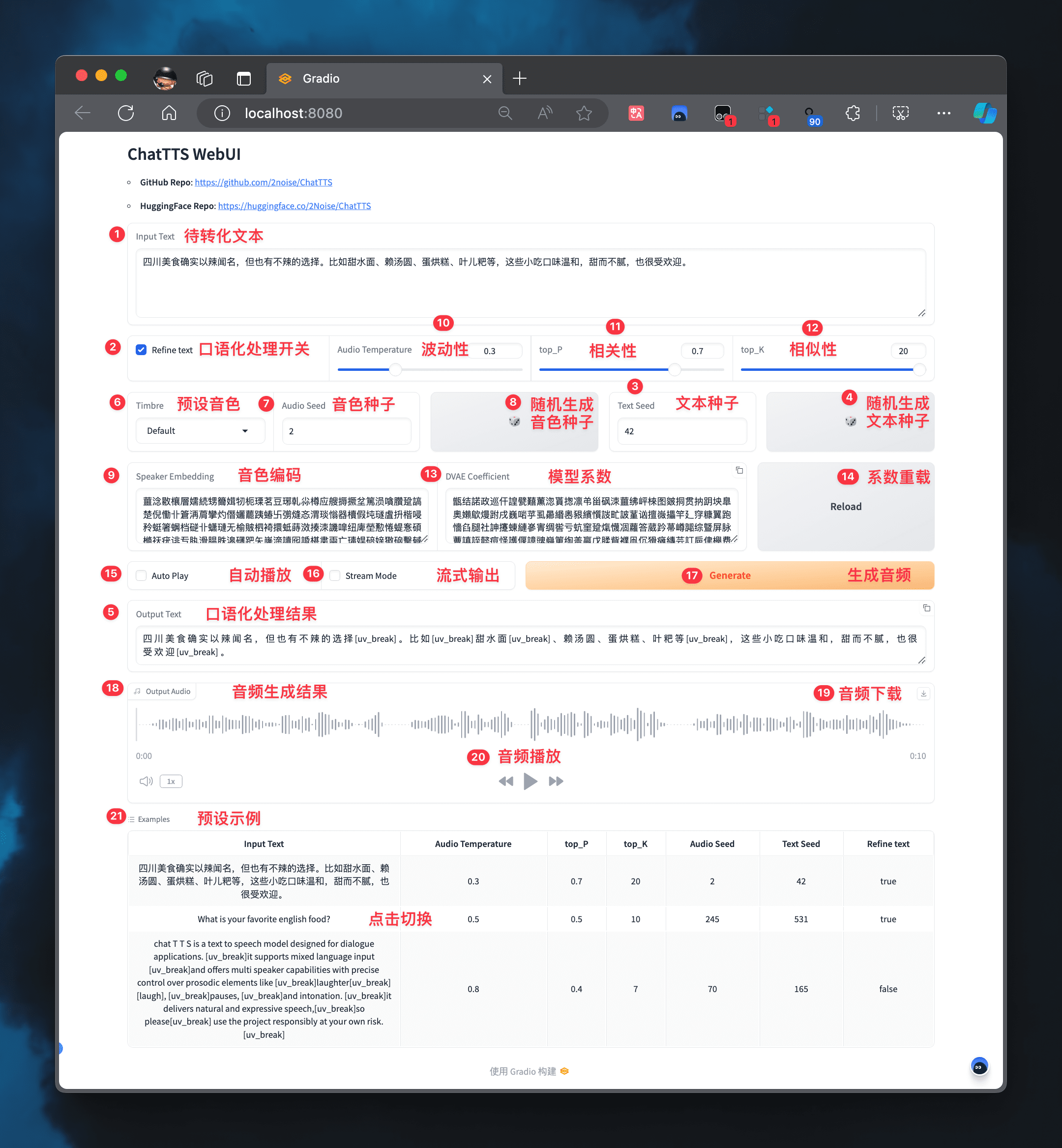
Function List
- Multi-language support: Chinese and English are supported, and more languages will be expanded in the future.
- Multi-talker support: The ability to generate multiple speakers' voices makes it suitable for interactive conversations.
- Fine-grained rhythmic control: Rhythmic features such as laughter, pauses and interjections can be predicted and controlled.
- Pre-trained models: Provides 40,000 hours of pre-trained models to support further research and development.
- open source: The code is open source on GitHub for academic and research use.
Using Help
Installation process
- Cloning Project Code::
git clone https://github.com/2noise/ChatTTS.git - Installation of dependencies::
cd ChatTTS pip install -r requirements.txt - Download pre-trained model: Download the pre-trained model from HuggingFace or ModelScope and place it in the specified directory.
Usage
- Loading Models::
from chattts import ChatTTS model = ChatTTS.load_model('path/to/pretrained/model') - Generate Speech::
text = "你好,欢迎使用ChatTTS!" audio = model.synthesize(text) - Saving audio files::
with open('output.wav', 'wb') as f: f.write(audio)
Detailed Function Operation
- text input: Supports mixed Chinese and English text input.
- Rhythmic control: Rhyme features such as laughter, pauses and interjections are controlled by setting parameters.
- tone control: The generated tone can be controlled by a preset tone seed value or tone code.
- emotional control: Control the emotional characteristics of the generated speech by setting the emotion volatility and relevance parameters.
- streaming output: Supports long audio generation and split-role reading for complex dialog scenarios.
sample code (computing)
from chattts import ChatTTS
# 加载模型
model = ChatTTS.load_model('path/to/pretrained/model')
# 设置文本和韵律参数
text = "你好,欢迎使用ChatTTS!"
params = {
'laugh': True,
'pause': True,
'interjection': True
}
# 生成语音
audio = model.synthesize(text, params)
# 保存音频文件
with open('output.wav', 'wb') as f:
f.write(audio)
ChatTTS Client
Quick Experience
| web address | typology |
|---|---|
| Original Web | Original Web Experience |
| Forge Web | Forge Enhanced Experience |
| Linux | Python Installer |
| Samples | Example of a tone seed |
| Cloning | Tone Cloning Experience |
functional enhancement
| sports event | bright spot |
|---|---|
| jianchang512/ChatTTS-ui | Provides an API interface that can be called from a third-party application. |
| 6drf21e/ChatTTS_colab | Provides streaming output with support for long audio generation and split-role reading |
| lenML/ChatTTS-Forge | Provides vocal enhancement and background noise reduction, with additional cues available |
| CCmahua/ChatTTS-Enhanced | Supports batch file processing and export of SRT files. |
| HKoon/ChatTTS-OpenVoice | become man and wife OpenVoice Perform sound cloning |
Functionality Expansion
| sports event | bright spot |
|---|---|
| 6drf21e/ChatTTS_Speaker | Tone Character Marking and Stability Assessment |
| AIFSH/ComfyUI-ChatTTS | ComfyUi version, which can be introduced as a workflow node |
| MaterialShadow/ChatTTS-manager | Provides a tone management system and WebUI interface. |
ChatTTSPlus Accelerated One-Click Installation Package
ChatTTSPlus is an extended version of ChatTTS that adds TensorRT acceleration, speech cloning and mobile model deployment to the original. It is easy to use, offers a Windows one-click installer, and achieves over 3x performance improvement with TensorRT (from 28 tokens/s to 110 tokens/s on Windows 3060 GPUs). It supports speech cloning using LoRA and is developing model compression and acceleration techniques for mobile deployment.ChatTTSPlus is a powerful and easy-to-use speech synthesis tool for a wide range of scenarios, with particular advantages in applications requiring high performance and speech cloning capabilities.
Address: https://github.com/warmshao/ChatTTSPlus
© Copyright notes
Article copyright AI Sharing Circle All, please do not reproduce without permission.
Related posts

No comments...

